12 Mistakes First-Time Vegas Visitors Always Make—And 3 That Could Ruin Your Trip
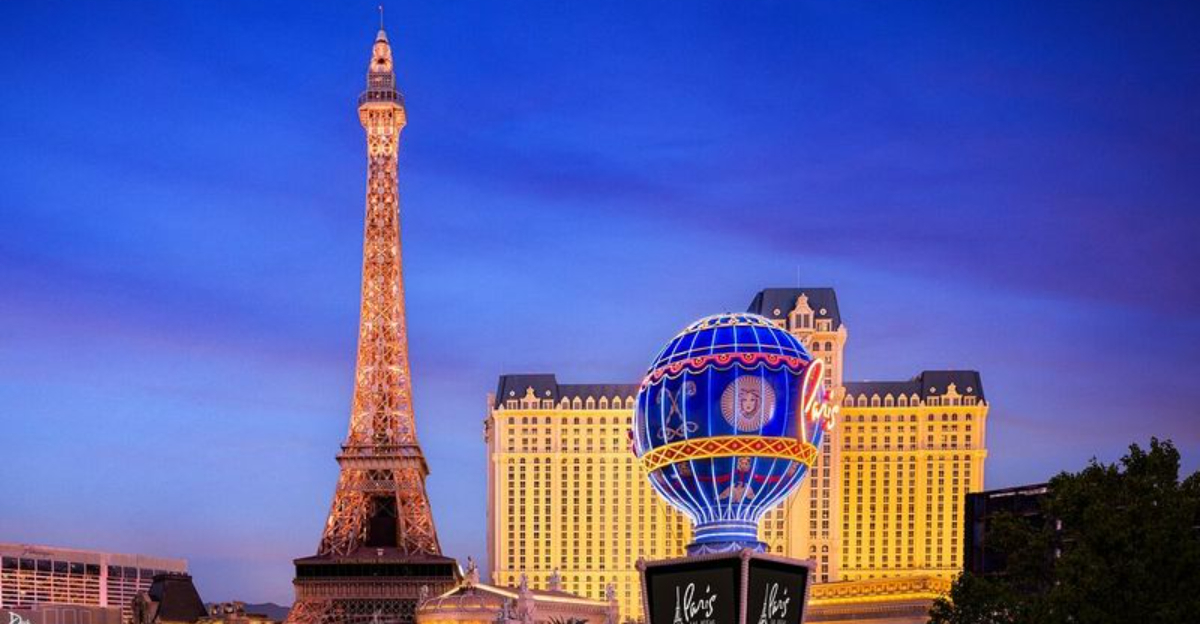
Las Vegas dazzles first-timers with its neon lights, endless entertainment, and promise of adventure. But behind the glitz lies a city that can quickly overwhelm the unprepared visitor.
What looks like pure fun on the surface can mask pricey traps, scorching desert heat, and more walking than you ever imagined. From budget-busting blunders to physical exhaustion, newcomers often make the same mistakes that turn dream vacations into nightmares.
Here’s how to avoid common Vegas pitfalls—and three critical errors that could completely derail your getaway.
1. Overspending on Buffets
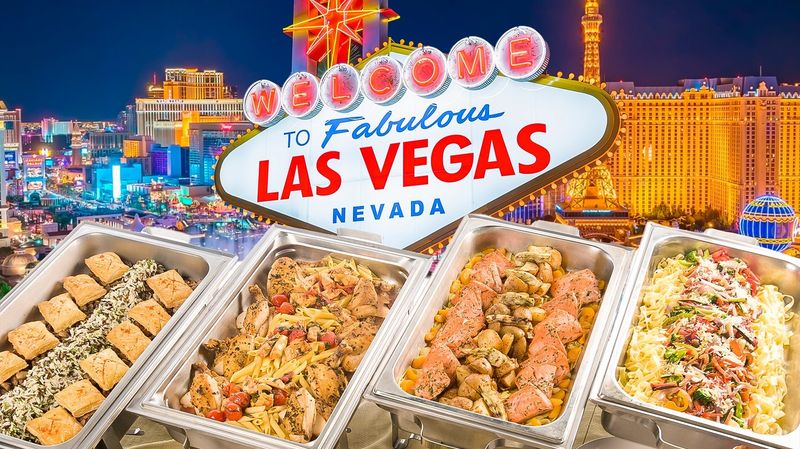
The legendary Vegas buffets tempt visitors with mountains of food and endless options. But many first-timers waste precious dollars by hitting every buffet they see without research.
Quality varies dramatically, and the $25-50 per person adds up fast when feeding a family. Instead, choose one or two highly-rated buffets for your trip.
Consider timing too—lunch prices beat dinner rates by $10-20, while weekend brunches offer the best variety. Some hotels offer buffet passes that provide significant savings if you plan multiple visits during your stay.
2. Skipping Reservations
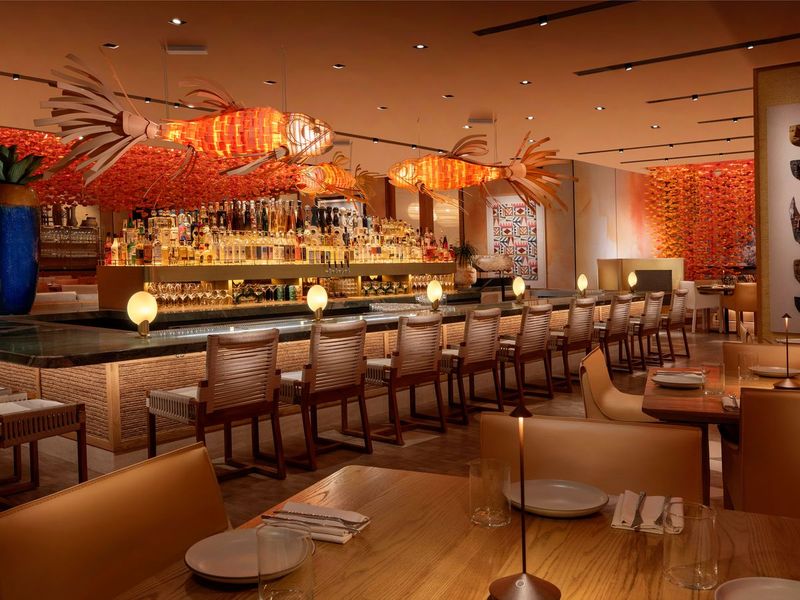
Nothing crushes Vegas excitement faster than being turned away from that restaurant or show you’ve been dreaming about. Popular venues book up weeks—sometimes months—in advance, especially on weekends.
Walking up to Cirque du Soleil or a celebrity chef restaurant without reservations often means disappointment. Even mid-tier restaurants can have 2+ hour waits during peak times.
Make dinner reservations before you leave home, and book show tickets as early as possible. Many hotels offer package deals that include show tickets, which can save you both money and hassle.
3. Missing Flight Home (Trip Ruiner)
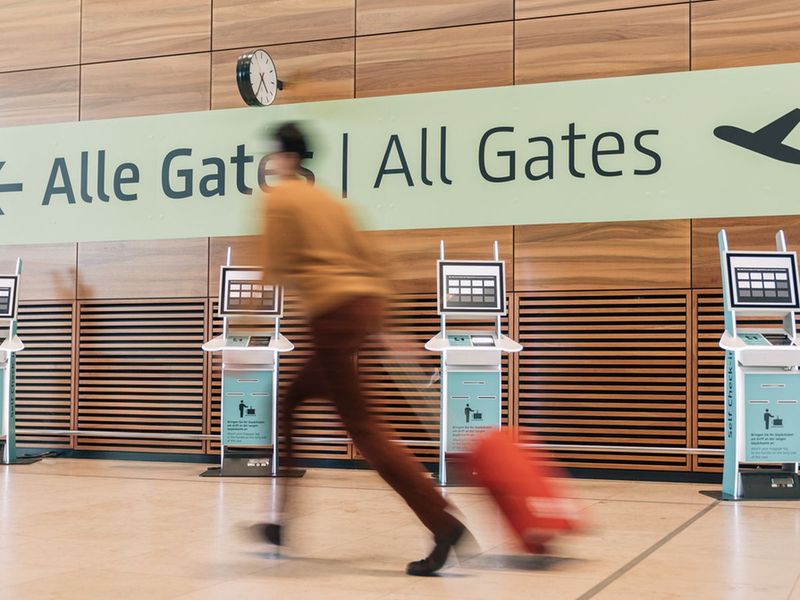
Vegas works hard to make you lose track of time—no clocks in casinos, free drinks while gambling, and activities running 24/7. This disorientation leads to one of the most devastating mistakes: missing your flight home.
The consequences cascade quickly: rebooking fees often exceed $200 per person, extra hotel nights strain budgets, and many travelers face work complications. Sunday mornings see particularly chaotic airport scenes with hungover tourists rushing desperately to gates.
Set multiple alarms on different devices. Schedule your checkout and airport transportation the night before, and consider booking afternoon flights to give yourself extra margin for the inevitable delays.
4. Walking the Entire Strip
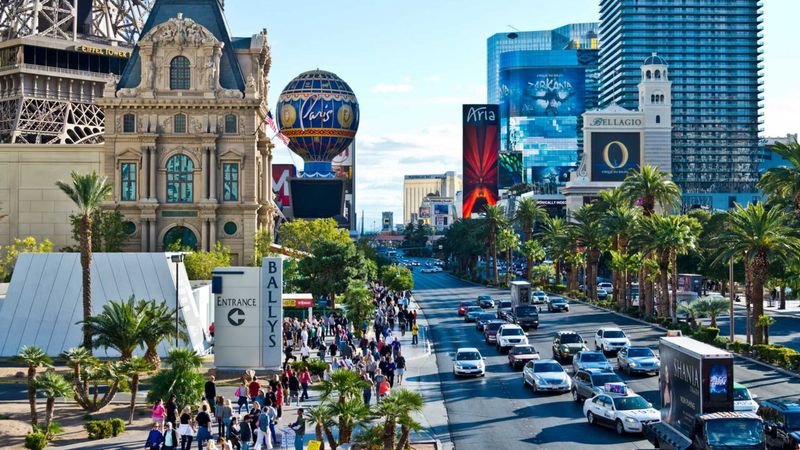
Maps deceive first-timers into thinking the Strip is an easy stroll. In reality, this 4.2-mile stretch becomes a marathon in desert heat, with each resort much larger than it appears.
What looks like “next door” on a map often requires 15-20 minutes of walking through crowds, across pedestrian bridges, and around massive casino properties. Distances between attractions inside resorts can add another mile to your journey.
Use the affordable Deuce bus that runs 24/7 along Las Vegas Boulevard. Rideshares work well for longer hops, and several free trams connect specific properties. Your feet will thank you, and you’ll see more by saving walking energy for exploring inside the resorts.
5. Drinking on an Empty Stomach
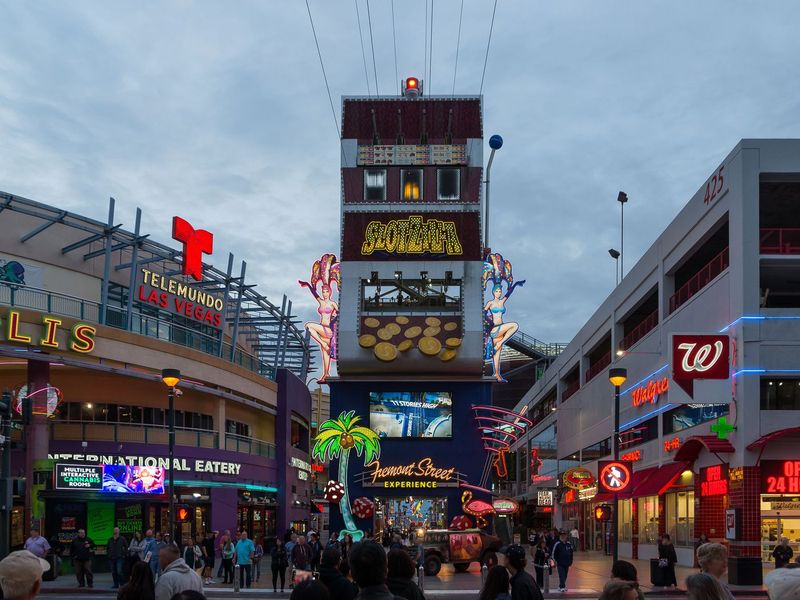
Free cocktails flow generously while gambling, creating a perfect storm for first-timers who forget to eat. The combination of alcohol, excitement, and desert dehydration can ruin your night before it begins.
Vegas bartenders pour strong drinks, and the dry climate intensifies alcohol effects. Many visitors end up back in their rooms by 9 PM instead of enjoying the night they planned.
Establish a meal schedule and stick to it, even setting phone reminders if necessary. Alternate alcoholic drinks with water, and keep protein-rich snacks in your room. Remember that even “complimentary” drinks aren’t truly free—casinos expect gambling in return.
6. Getting Lost in Casinos
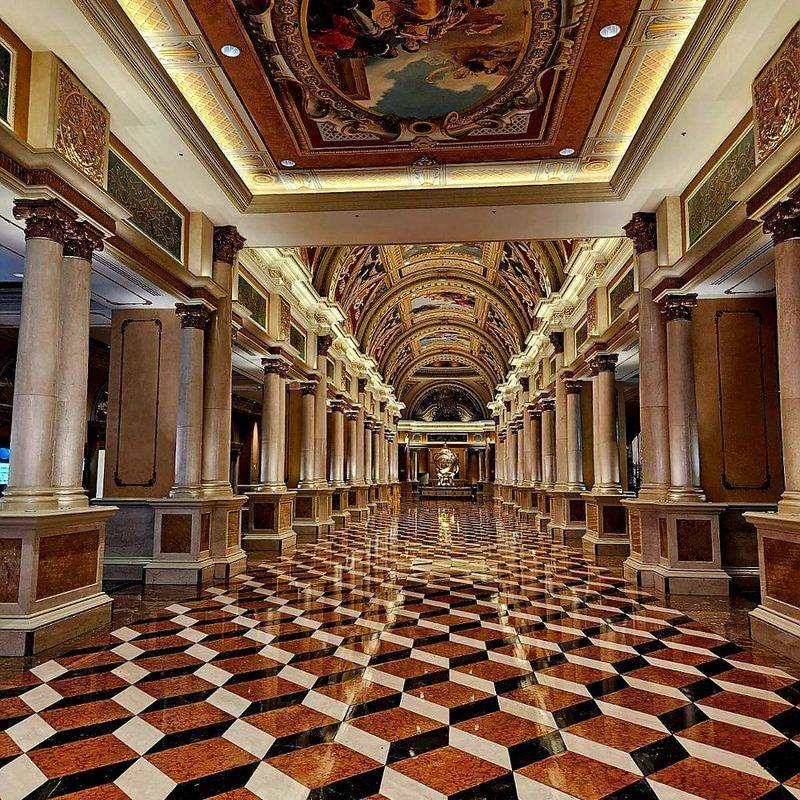
Casinos intentionally disorient visitors with maze-like layouts, identical gaming sections, and few landmarks or windows. First-timers waste hours trying to find restaurants, shows, or even exits.
The average Vegas resort covers 50-100 acres, with deliberately confusing pathways designed to keep you wandering past gambling opportunities. Even experienced visitors get turned around in massive properties like Caesars Palace or The Venetian.
Take a phone photo of nearby landmarks when entering. Use casino apps with property maps, and don’t hesitate to ask staff for directions. Remember which entrance you used—most resorts have multiple entry points that look completely different from each other.
7. Overpacking for Nightlife

Vegas newcomers often stuff suitcases with multiple fancy outfits and shoes for each night, creating unnecessary stress and baggage fees. The reality is that most Vegas venues maintain simple dress codes—nice jeans and collared shirts work nearly everywhere for men.
Women can easily mix and match basic black pieces with different accessories. Unless you’re planning for ultra-exclusive clubs, most Vegas venues care more about neat appearance than designer labels.
Pack versatile items and plan outfit rotations. Consider the substantial walking you’ll do between venues—those stilettos quickly become torture devices. Remember that hotel rooms often have limited closet space, making outfit management more difficult than expected.
8. Forgetting Sun Protection
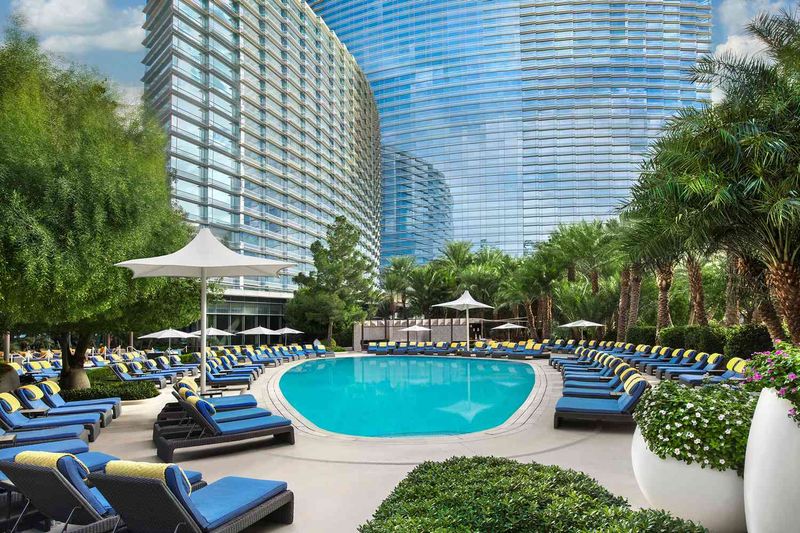
The desert sun in Vegas shows no mercy, even to excited tourists who forget basic protection. Within hours, pool-goers transform from eager vacationers to lobster-red misery cases unable to enjoy the rest of their trip.
Many visitors mistakenly think pool time will be their only sun exposure. In reality, walking the Strip means hours under intense UV rays bouncing off concrete and glass buildings.
Apply sunscreen hourly while outdoors—Vegas sun burns through regular applications faster than you expect. Bring a hat, sunglasses, and consider UPF clothing for pool days. Don’t forget often-missed spots like ears, feet, and scalp part lines, which can become painfully burned in just one afternoon.
9. Blowing Budget First Night (Trip Ruiner)
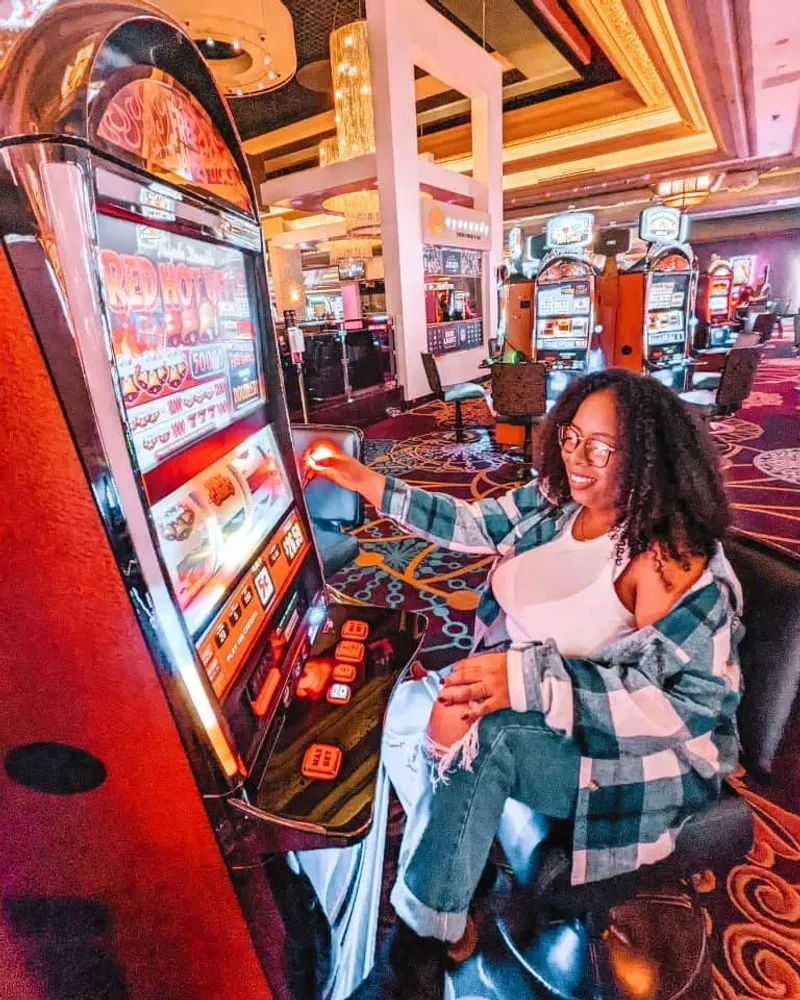
Excitement overwhelms caution when first-timers hit the Strip, leading to a catastrophic mistake—spending most of their vacation budget on day one. The initial casino wins, VIP table service, or shopping spree creates a false sense of wealth that evaporates quickly.
Without financial guardrails, visitors face difficult choices: go home early, max out credit cards, or spend remaining days watching others have fun. This mistake transforms what should be a memorable getaway into a stress-filled financial nightmare.
Divide your budget into daily allowances and keep each day’s cash separate. Leave credit cards in your room safe, bringing only what you can afford to lose. Consider prepaying for major experiences before arriving to prevent impulse splurges.
10. Not Wearing Comfy Shoes
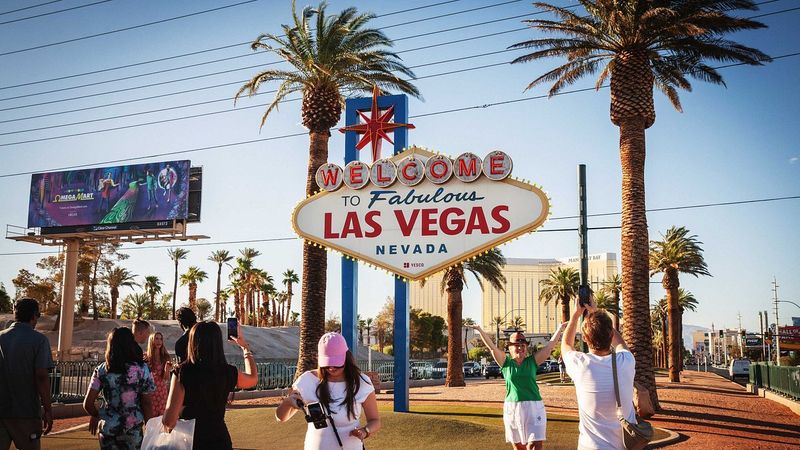
Fashion often trumps function for Vegas first-timers, resulting in painful blisters that limit mobility for days. Even casino-hopping involves miles of walking on hard marble floors, while outdoor exploring means hot concrete that intensifies foot pain.
Women suffer most from this mistake, trading comfortable footwear for stylish heels that become instruments of torture after just hours. Men aren’t immune either, often packing only dress shoes that lack proper support.
Invest in fashionable yet comfortable footwear with proper arch support and cushioning. Break in new shoes before your trip, and always carry bandages for unexpected hot spots. Consider packing fold-up ballet flats that fit in small purses as emergency backup for nighttime adventures.
11. Falling for Free Shows
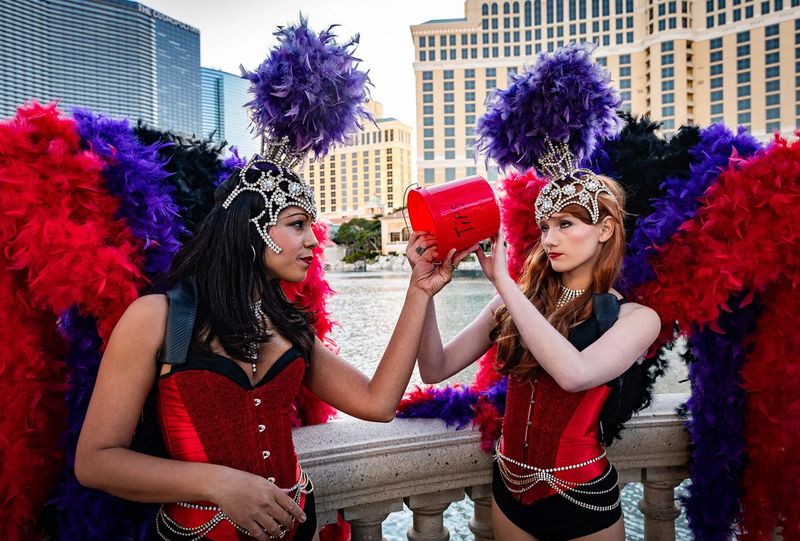
The lure of “free” entertainment traps countless Vegas visitors who don’t recognize the hidden costs. Those complimentary drinks at the timeshare presentation consume four precious vacation hours. The “free” casino magic show requires minimum drink purchases exceeding ticket prices elsewhere.
Street performers demand aggressive tips after photos, while casino “greeters” offering show recommendations lead tourists to overpriced, mediocre performances that pay them commissions. Even genuinely free attractions like the Bellagio fountains cost you in terms of time spent waiting for prime viewing spots.
Research entertainment options before arriving and budget for quality shows you’ll truly enjoy. When something’s advertised as “free,” identify the catch—there’s always one in Vegas.
12. Losing ID Before Flight (Trip Ruiner)
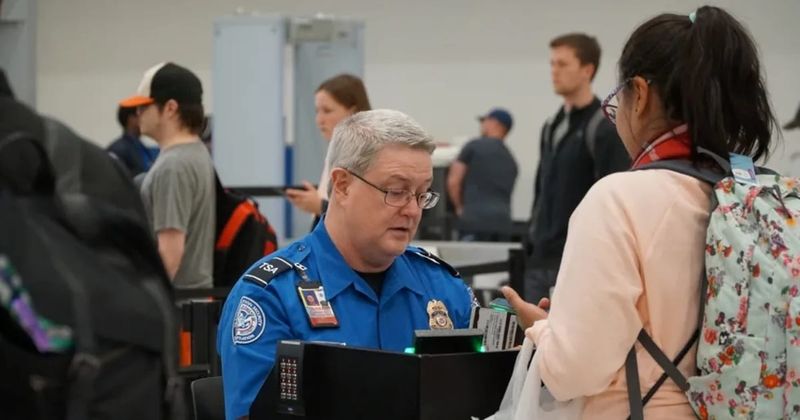
Few Vegas disasters compare to reaching for your ID at the airport check-in counter only to find it missing. This nightmare scenario happens frequently in a city where wallets disappear during late nights and identification gets left behind in hotel safes.
Without proper ID, you face TSA secondary screening that can take hours, possible flight rebooking, and in worst cases, inability to fly at all. The panic of searching taxis, restaurants, and casinos for your missing identification ruins any remaining vacation enjoyment.
Take photos of all important documents before traveling. Keep ID in a secure, consistent location—never in back pockets. Consider bringing a backup form of identification like a passport card, and always double-check the hotel safe before checkout.
13. Ignoring Resort Fees
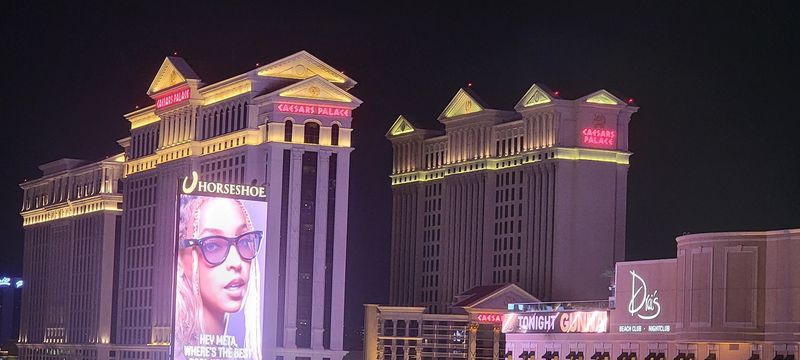
That $89 room rate balloons to $135 after mandatory resort fees, shocking unprepared visitors at check-in. These unavoidable charges—typically $25-45 per night—cover amenities you might never use, like “free” internet and fitness center access.
First-timers often select hotels based solely on advertised rates, not realizing the true cost until arrival. This budget miscalculation forces travelers to reduce spending on experiences they actually want.
Always research total costs including taxes and resort fees before booking. Some off-Strip properties and certain loyalty programs waive these fees, potentially saving you $100+ on a typical four-night stay. Call hotels directly to confirm current fee amounts, as these frequently increase without notice.
14. Staying Too Far Out
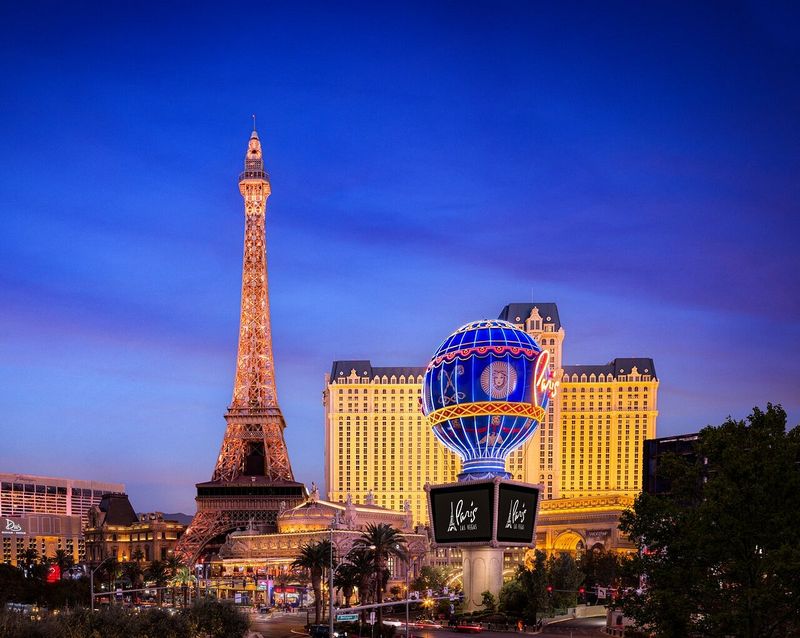
Budget-conscious travelers often book accommodations miles from the Strip, only to waste both money and precious vacation time on transportation. Those savings of $50/night quickly vanish when you’re spending $30+ on each taxi ride.
Hotels advertising themselves as “near the Strip” might technically be close in miles but practically unreachable without a car. The isolation becomes especially problematic late at night when transportation options diminish and prices increase.
If Strip proximity matters for your activities, calculate the true cost including transportation before booking outlying hotels. Consider mid-week stays at Strip properties, which often cost the same as distant options on weekends. Even staying at budget-friendly center-Strip locations saves both time and transportation expenses.
15. Misjudging Casino Budgets
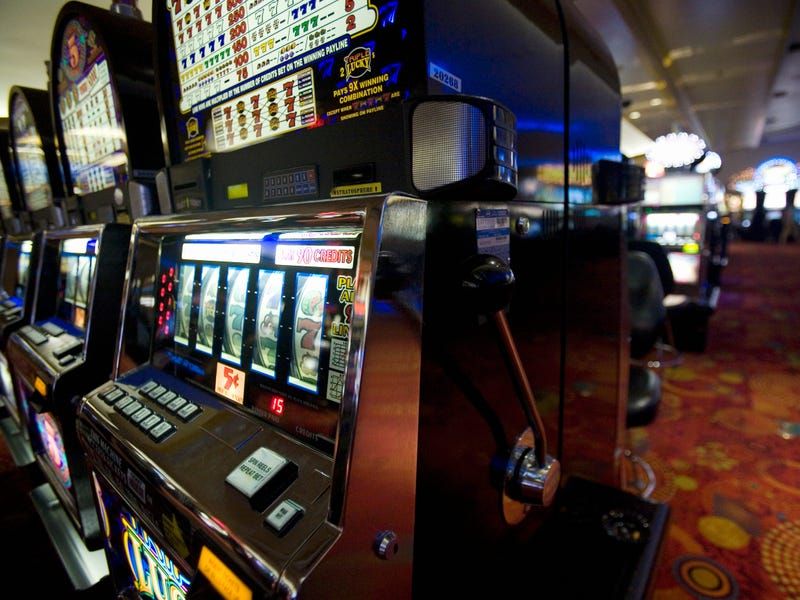
Gambling novices arrive with dangerously optimistic expectations, planning to fund meals and shows with casino winnings. This fundamental misunderstanding leads to financial stress when reality hits—the house always wins in the long run.
Minimum bets shock first-timers too. That $5 blackjack table they anticipated now starts at $15 or $25, especially during peak hours. Even penny slots typically require 40-80 cents minimum per spin, depleting bankrolls faster than expected.
Set a gambling budget you can afford to lose entirely. Consider it an entertainment expense, not a potential profit source. Look for gambling lessons offered by many casinos, where dealers explain games without real money at stake. Remember that slower play extends your entertainment time.
